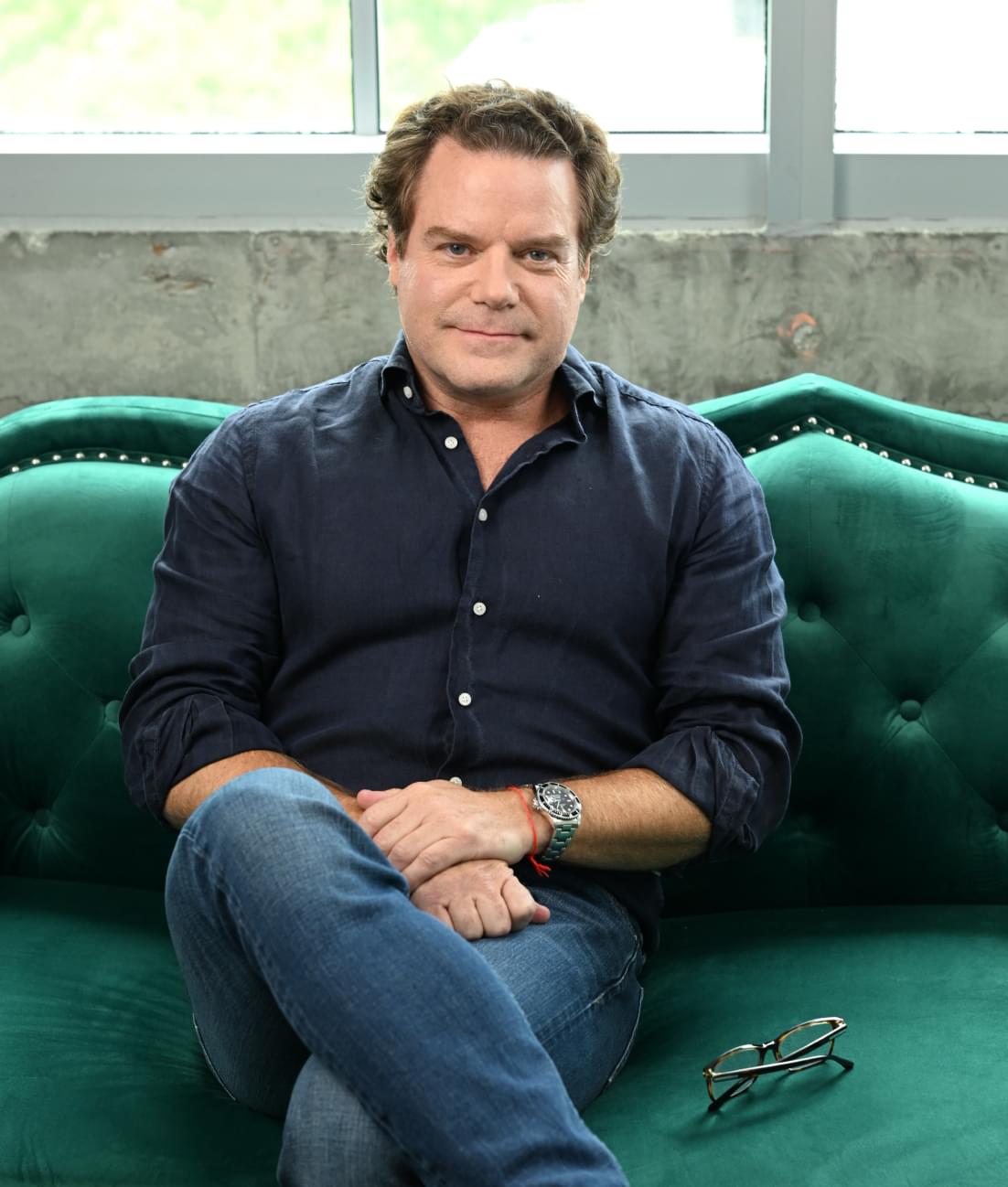What’s the difference between future-proof and future-ready?
Future-proofing is an end state. It’s a misnomer; the future is too unpredictable to be fully protected against. It’s not as simple as waterproofing a jacket; there are too many unknown variables.
Future-readiness is fluid, continual, driven and intentional. It’s making sure you have systems in place that are open and variable for change when it comes to adopting technologies, embracing innovation and understanding customer behaviors. It’s what happens when you anticipate those changes, engage with your customers and drive the best possible outcomes.
My advice? Design for today and build for tomorrow. Whether developing a product or platform, adapting to new infrastructure standards or organizational processes, it pays to keep designs open and modular. That way, you have the flexibility to quickly respond to changes.
A core part of becoming future-ready is having technology that can be quickly and easily adapted. Typically, this modernization process means moving to the cloud as it is more agile than legacy systems.
A bit of healthy paranoia
So, how do organizations become future-ready? For many, the answer is to look at other industries and see what they’ve done. Don’t get complacent because your own industry is ticking over as normal; I always recommend keeping an eye on what’s happening elsewhere.
During the pandemic we saw changes happen in three years in the retail, healthcare and supply chain industries that would take 10 years under normal circumstances. For example, Moderna’s almost-overnight digitalization enabled it to produce the second approved Covid-19 vaccine. Few in those industries saw the pandemic coming; what could you learn from their response if the next big wave of disruption forces your industry to pivot?
The most competitive companies have undergone the transformation process with a simple thought in mind: create more value than you take. Value creation historically began within the organization and expanded into market through partners and new technologies. Once you have made your organization as efficient as possible, you can form partnerships, create better client experiences and drive better value. True market differentiation comes from creating environments, relationships and platforms by enabling success for others.
A bit of healthy paranoia is always good for an organization and its competitive spirit. Companies tend to wait for someone else to take the risk first, then follow. It’s transformational for them, but not for the industry. For example, United Airlines was the first airline to introduce additional payments for seat reservations and cabin bags. Now most airlines do it and it amounts to an estimated 25% of ancillary revenues. As the leader, United Airlines was the first to benefit from this.
While there are opportunities up for grabs for both groups, leaders will be more likely to survive disruptions and will be recognized for their ability to innovate and harness opportunities. Businesses need to decide whether they’re a leader or a follower.
Transformation means continuous change
Organizations that are new to digital transformation need to start by accepting that becoming future-ready is not a six-month product engineering project. It might be a three to five-year roadmap of continual improvement.
Every organization has a different level of digital maturity, so future-readiness will happen at different speeds. It is a process of major change involving people, processes and technology. Shareholders and executives want to see how a business’s future-readiness will drive business expansion, generate more market share and improve return; ultimately, that takes investment. The most successful organizations are those that have a history of ongoing development – particularly those that set aside 5-10% of their budget for innovation as standard.
True transformation isn’t just about becoming “more digital” or leveraging new technologies. It’s about really driving the customer and employee experience within your organization – and building a reputation for future-ready leadership in your industry.
Adapting for change
Unfortunately, people typically don’t like change. Businesses need to bring people on the journey to future-readiness by ensuring both the employees who are being asked to change and the customers who will be impacted by the change understand the reasons for the transformation. The executive team must promote the message internally and with customers.
Leaders must set achievable objectives backed by strong and well-considered governance. There must be proper measurement and focus on user experience and adoption, including constant and consistent comparison between the old and the new.
Becoming future-ready is a business transformation all on its own. Employees and customers need to be on board and the right technology needs to be in place. It takes work. But unlike predicting the future, I believe it’s possible to become future-ready.
Latest Articles
contact us


